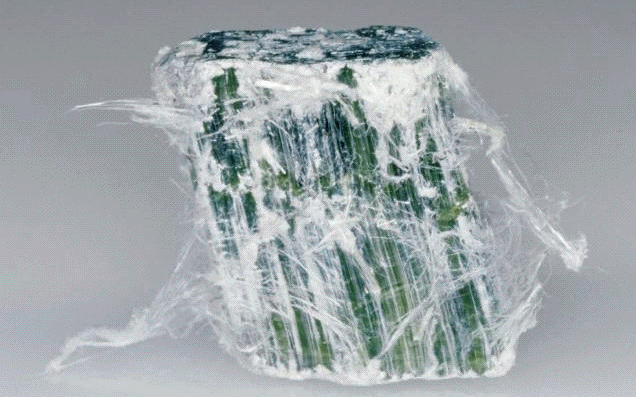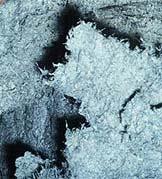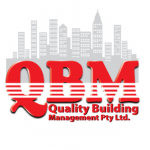Demolitions and renovations are now ranked as the third cause of asbestos related diseases in Australia. This unfortunate fact is mainly due to lack of asbestos awareness on the part property owners regarding the asbestos legislation currently in place.
In many instances, these owners lack asbestos awareness on the presence of asbestos containing materials (ACMs) on their own premises. In order to protect yourself, you will need to be fully aware of whether you have asbestos containing materials (ACMs) in your building and the necessary steps that need to be taken to control, remove, or monitor it. Asbestos awareness is paramount.
What is Asbestos?
Asbestos is a naturally occurring mineral that is 50 to 200 times thinner than the human hair. It was widely used since the First Fleet, but a much greater use was between the 1940s and late 1980s in the building and ship industries. However, in the 21st century this once-popular mineral is a known deadly threat. When airborne, tiny asbestos fibres can easily enter the human lungs and remain there for years until they finally cause deadly lung diseases.
 |
 |
 |
| Asbestos in its natural form | ||
 |
 |
 |
| Asbestos in its natural form | ||
How Will I know if I have Asbestos on my Premises?
It is not easy to detect asbestos just by looking at it, so you will need to know your building’s history. Asbestos awareness is not easy however, if the construction date of your home or building lies between the 1940s and 1990s, then it is highly likely that you have asbestos containing materials on the premises. There is still a slight chance that asbestos containing materials (ACMs) may exist after these periods. If you are unsure of the construction date, then you can assume that asbestos containing materials (ACMs) are on your premises. You will need to hire a competent professional to conduct an audit and remove samples for testing in order to confirm the presence of asbestos containing materials (ACMs).
Can I Remove Asbestos Myself?
Special care has to be taken when dealing with asbestos containing materials (ACMs), as the tiny fibres can float in the air for hours before someone inhales them. As a result, it is best to get someone who has some asbestos awareness and who is a trained, certified asbestos removal contractor to handle any removal jobs – for those pertaining to friable asbestos, which poses a far greater risk than non-friable asbestos a Class A Asbestos Removal license, is required. For > 10m2 of non-friable asbestos materials, then a B Class Asbestos Removal license is required.

